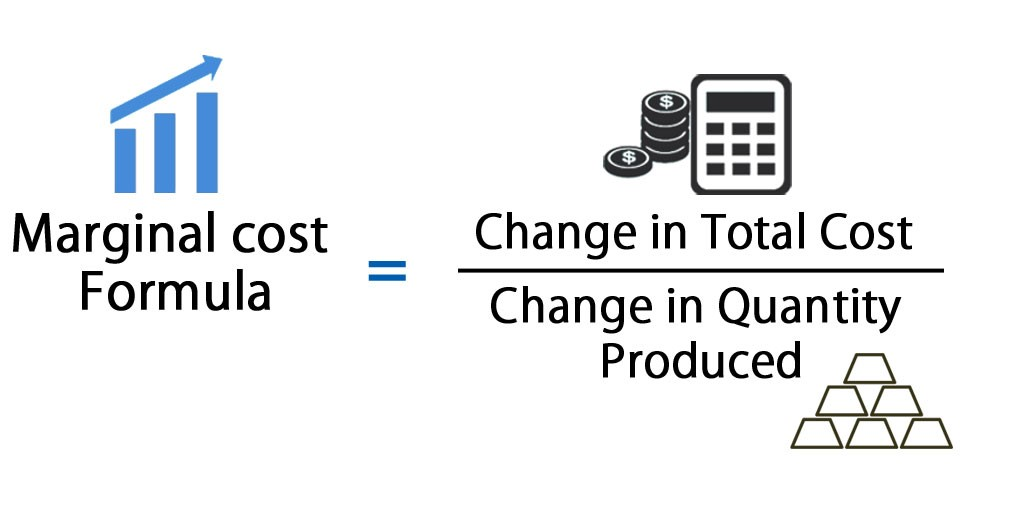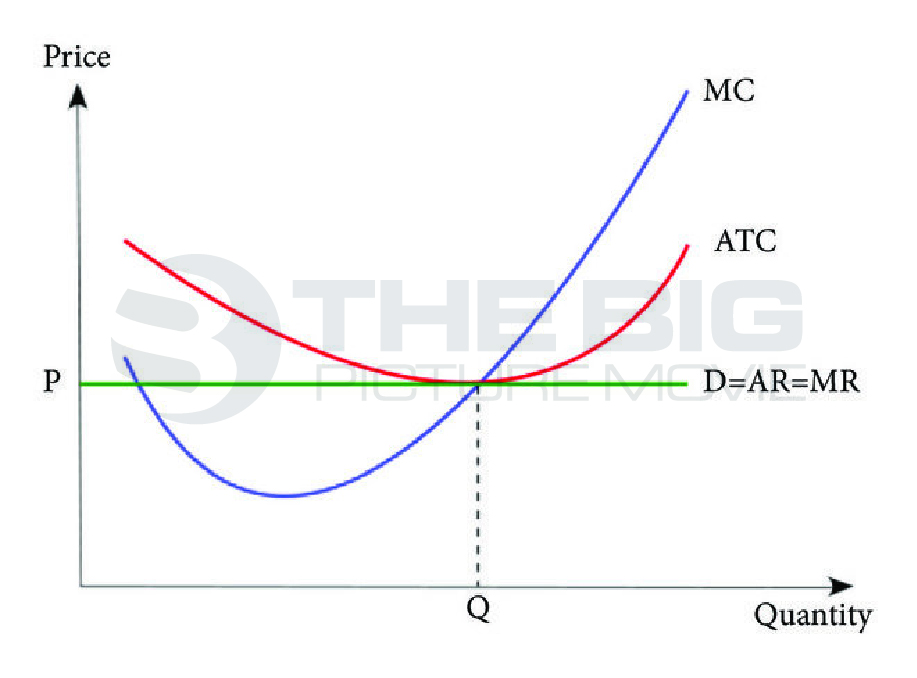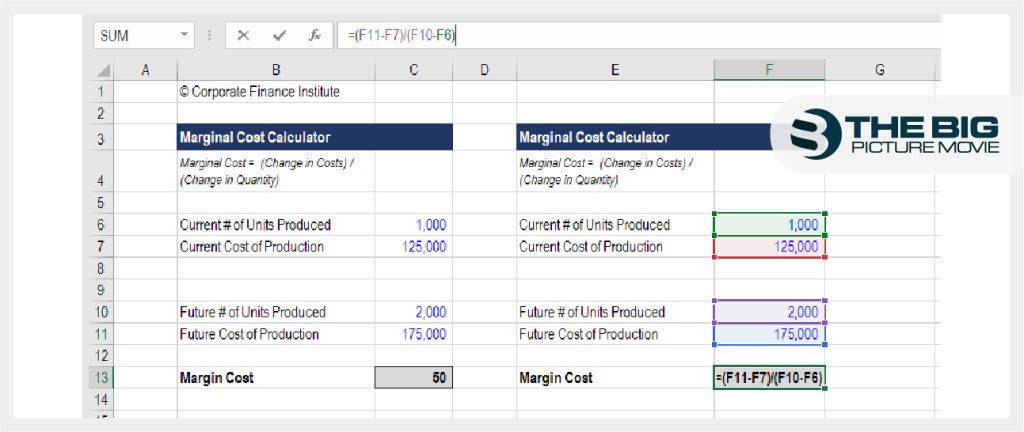
How to Calculate Marginal Cost
Calculate marginal cost is a fundamental principle in economic theory and business financial analysis that allows you to assess the prices of goods and services. It’s often used in financial modeling to produce and optimize cash flow.
In this article, we’ll explain what marginal cost is, why it’s important, and how to calculate it, along with examples to help clarify things.
What Is Marginal Cost?
It is the extra cost received in producing additional units of goods or services, mostly used in manufacturing. Marginal cost is calculated by dividing the change in quantity.
However, the result of fixed costs for items generated and variable costs will need to be accounted for.
The marginal cost of production includes all the expenses that will change with that production level.
If the cost of producing additional items is lower than the price per unit, then the manufacturer will be able to gain a profit.
You can see below where marginal costs are plotted on a graph. Look at the U-shaped curve where costs become high but shift and go down as production increases. Then it rises again at some point after this. Mostly in manufacturing scenarios, the marginal costs of production decrease when the output volume increases.

Why is Marginal Cost Important?
Marginal cost is an economic concept that plays a fundamental role in business management since it helps managers make informed production decisions.
It prefers the incremental cost of adding one more unit of production, for instance, generating one more product or delivering one more service to customers.
Hence, managers can make decisions about how much to produce, what price can be charged, and how to optimize production processes.
Difference between Marginal Cost & Average Cost
Marginal cost is the expenses required to manufacture one incremental good. As a manufacturing process becomes more efficient or economies of scale are realized, the marginal cost often declines over time.
However, there is a point when it may turn incrementally more expensive to generate one additional unit.
In contrast, the average cost is the cost of manufacturing split by the total units produced.
Thus, the marginal cost reflects only one unit; on the other hand, the average cost often reflects all units constructed.
Benefits of Marginal Cost
- Accommodate in concentrating resources where excess marginal revenue over marginal costs are at their highest.
- Permits for increased and decreased production costs will help a company evaluate how much they pay to generate more items.
- This will decrease the overall cost of making a product line.
- Whether companies should continue additional production or upgrade prices depends on any losses incurred.
How to Calculate Marginal Cost?
Calculating the marginal cost is the total expenses needed to manufacture one additional good. Thus, it can be measured by changing the expenses earned for any additional unit.
FORMULA:
Marginal Cost = Change in Total Expenses / Change in Quantity
Example:
Have a glance at the following data to calculate the marginal cost:
| Current number of units produced | 4,000 |
| Future number of units produced | 6,000 |
| The current cost of production | $550,000 |
| Future cost of production | $675,000 |
| Marginal cost | $62.5 |
Marginal cost = ($675,000 – $550,000) / (6,000 – 4,000)
= 125,000 / 2,000
Marginal cost = $62.5.
Download MC Calculator
Download CFI’s free Marginal Cost Calculator. If you wish to calculate the additional cost of producing more units, enter your numbers into its Excel-based calculator, and you will get the answer.
Enter the starting number of units produced and the total cost, then put on the future number of units produced and their total cost. The output will be the marginal cost. This is the screenshot of the calculator below.

FAQs
Q1: How to get the marginal cost of a business?
Ans: You can use any Marginal cost calculator and do as follows:
- Find the change in total cost after constructing a certain amount of products.
- Note down the number of extra products you produce.
- Now divide the change in total cost by the extra products constructed.
Q2: How to reduce marginal cost?
Ans: You must focus on reducing production costs while increasing your production amount. Look back on the marginal cost formula: Change in the total cost / Change in the total quantity. You can get it by:
- Use the economies of scale principle.
- Upgrade the abilities of your workers.
- Receive better supplier deals because of high raw material purchases.
Conclusion
To summarize, understanding marginal cost is critical for making informed business decisions and calculating it is straightforward.
Managers can optimize their processes and make strategic decisions about production and pricing by keeping track of the relationship between production costs and output.



